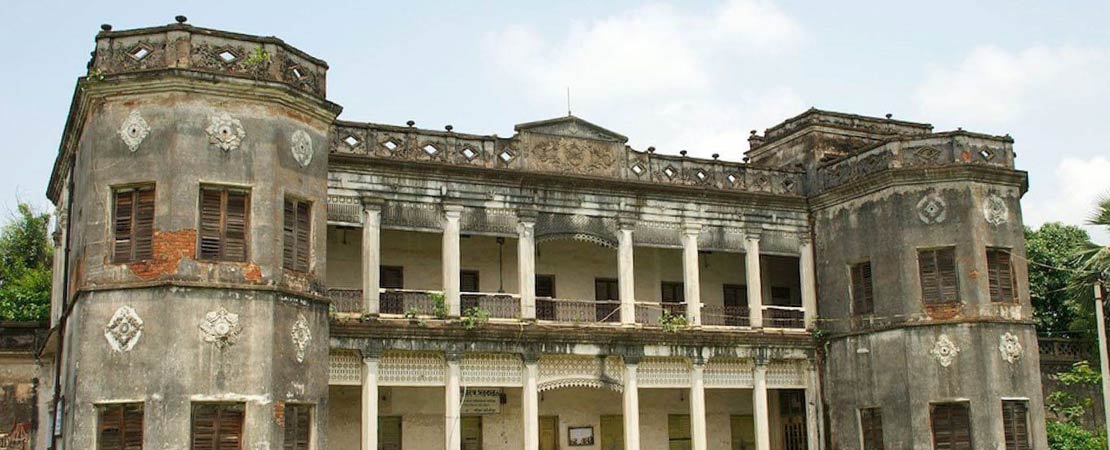A home inspection is necessary before plunging into a property buying decision for it implements modern technology to identify issues. Defects affect the performance of a building during its occupancy stage. Older homes are more prone to be laden with defects as there are higher chances of worn out/ faulty construction, design issues, wear & tear due to efflux of time and lack of maintenance. The defects not only affect the building but also reduce its value. Re-modelling might also turn out to be a costly affair. Therefore it is of utmost importance that a third party property inspection is arranged for so that the issues can be addressed before it is too late.
There are several areas where issues occur in old buildings. Some of them might be right in front of your eyes while some are hidden problems. How to identify them? Here are a few ideas:
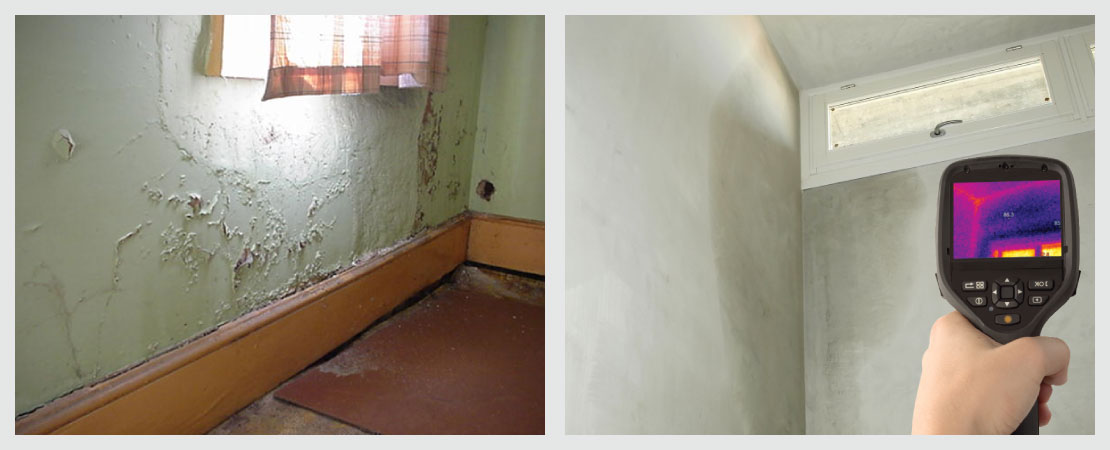
Damp, leakage and seepage assessment
Indian weather is varied but most parts of it have a tropical climate which means the buildings are exposed to rain and humidity for a long duration. Water seepage through the roofs and walls, leave behind damp patches on them- both on the exterior as well as interior walls and ceilings. The damp areas become bloated with time and in severe cases, the plaster and paint come off.
In old buildings, continuous seepage cause salt damage. Soluble salts penetrate into the buildings envelope with rainwater and moisture which transports them further inside. This happens mainly because old buildings do not have horizontal waterproofing1. The salts react chemically with the porous building materials causing severe salt-induced damage. Research says different contaminants and pollutants behave differently on mortar, bricks, stones, and wood (majorly used in old buildings instead of iron and concrete pillars). However, it is difficult to assess the impact in each case by just looking at the damp patches externally. One only gets to realize the extent of damage when elaborate renovation work is undertaken. It is then that the construction workers discover that the inner fabric of the walls and ceilings have been completely worn out.
Therefore, it is important to engage a professional home inspection team to assess the dampness & its source using advanced technology devices so that the detection is precise, and so is the repair job.
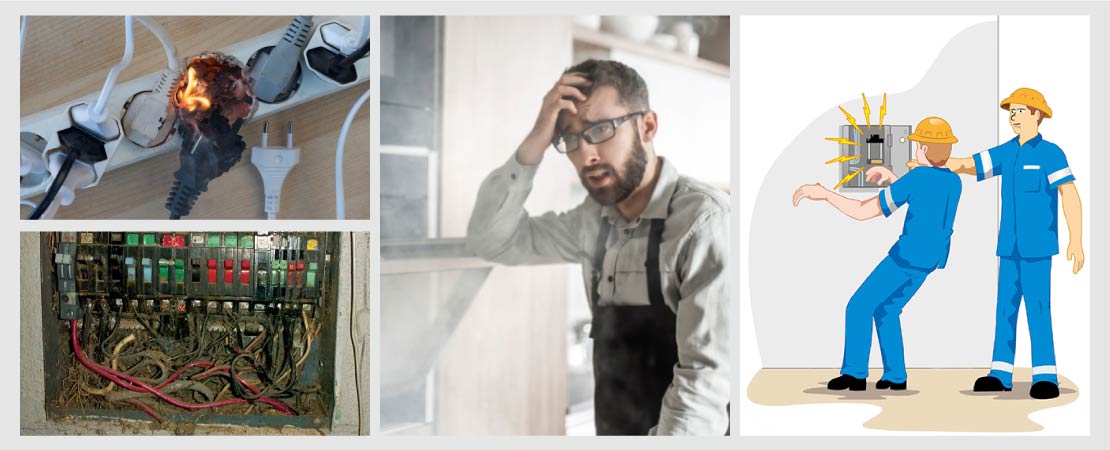
Electrical issues
One of the biggest boons of technology and science is electricity without which our daily life would come to a standstill. Older buildings are likely to have old wires, and the electric panels might be out of date too. Electrical problems make their presence felt by flickering lights, blowing up of fuses frequently, overheating of electric appliances, mild to moderate electric shocks, etc. The problems tend to worsen if the building is damp. Dampness means there is moisture or capillary water in the fabric of the building. This co-existence of water and electricity can turn out to be very dangerous. So, even a single issue requires immediate attention and home inspection is necessary to get rid of such issues and ensure the property to be safe
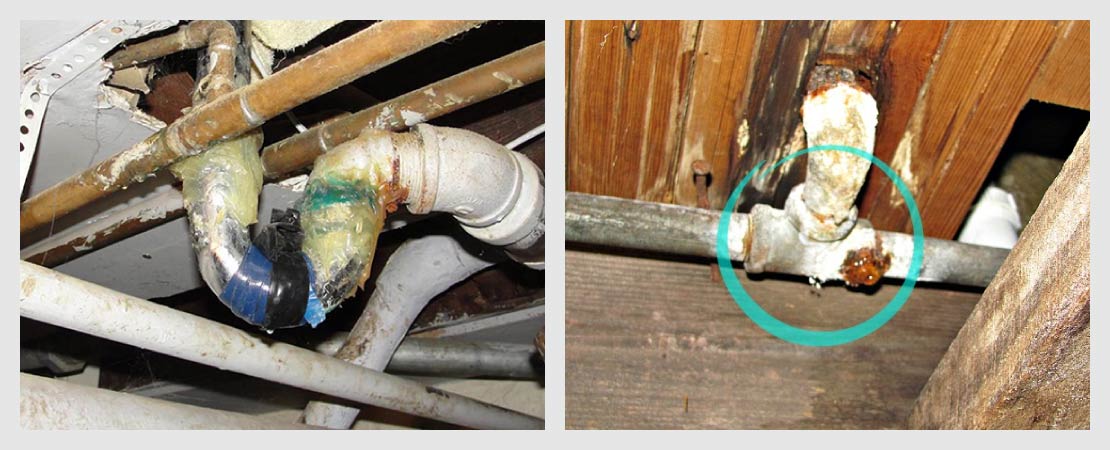
Plumbing System
Old buildings have old piping and plumbing system installed which are not compatible with the modern taps and outlets. In addition to this, waste lines and faulty fixtures installation also contribute to leakage from showers and toilets. Drains are clogged too. Such leakages give rise to damp. Earlier Indian houses had drain pipes made of cast iron which would give way quickly as rust would be formed. These faults should be inspected on a regular basis by experienced inspection officers as that would ensure the safety of the dwellers.
Foundation and walls
That the foundation of the old building2 is defective can be understood from many signs, the most important being crack at junction of plinth protection and external walls. Moreover, inadequate draining and cracking concrete are also evident. Cement, bricks, concrete, wood, etc. are the most common raw materials of Indian houses. Older houses have older bricks and mortars exposed to temperature fluctuations and moisture years after years. The frequent shrinkage and expansion cause cracks on walls, which widen as the building gets older. Warping, sloping or sagging wall and floor also speak of aging of the house.
Another cause of deterioration of the health of old buildings is rising damp. The treatment of this problem is complex and mostly, invasive. Before going in for any such an elaborate, cost-intensive procedure it is advisable to assess the damage properly. Inspecting an old building reduces the chances of any adverse aftermath.
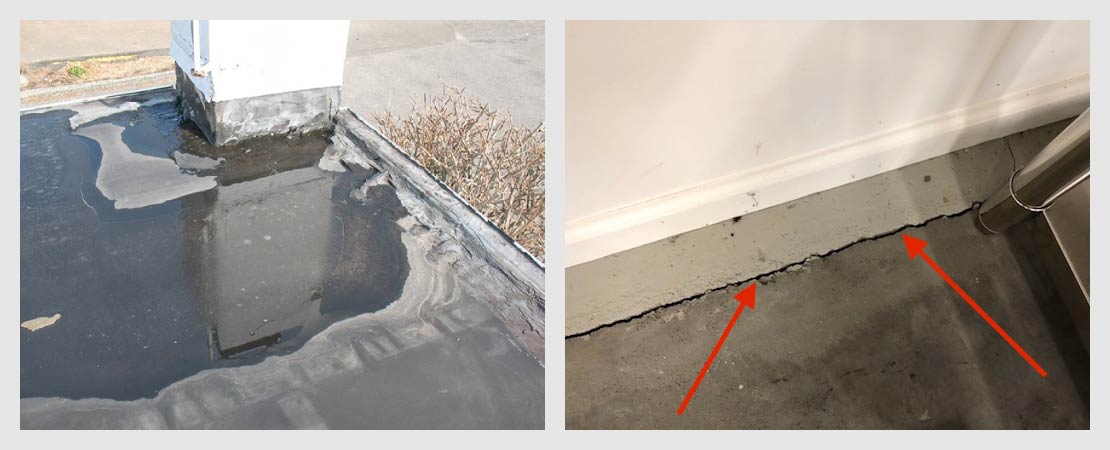
Roof and Floor
In old buildings, roofs and floors are invariably made of concrete. The cold, strong concrete floors are almost synonymous with heritage properties. They seem to be so steeped in history and tradition. However, concrete surfaces are often found to have mild undulations, faulty sloping, and poor waterproofing. For roofs, especially, these features turn out to be quite disadvantageous. After a heavy shower, water stands still on them and if the roof is not waterproof, seepage begins. Concrete floors, on the other hand, develop hairline cracks with time. These cracks appear mainly due to an improper foundation (shrinkage cracks), temperature/ curing problems or as an aftermath of seismic vibration, that is, earthquake.
There are two types of concrete shrinkage cracks3: i. Meandering fine crack. ii. Straight crack.
Meandering fine cracks appear in the open floor area while the straight cracks appear at the juncture of the concrete floor and the base of the wall which it meets. While these cracks are usually very fine, prolonged neglect and regular wear can widen them leading to severe dampness, fungal growth, and pest problems. Only visual inspection is enough to reveal these cracks but you have to be very vigilant. Once the cracks begin to widen, they may require costly repair.
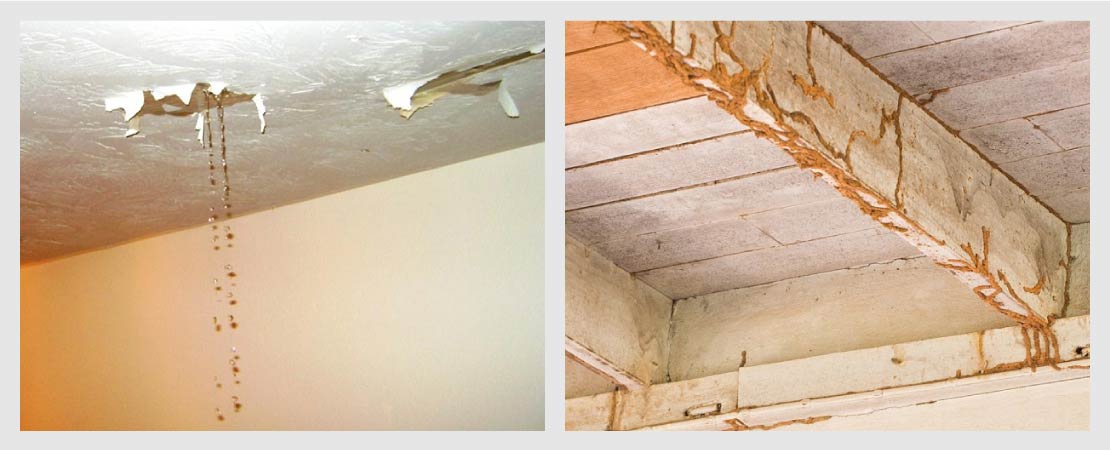
Ceilings
The awe-inspiring heights of the rooms of old buildings often make us overlook the signs of aging and disintegration on their ceilings. Designed to beat the expansive heat and damp of most Indian cities, the ceilings keep bearing the brunt of high temperatures and water intrusion for years before finally becoming shabby and leaky. Another common feature of the ceilings of old houses is heavy wooden beams. Due to lack of adequate maintenance, these beams become termite-infested but since termites eat wood from the inside, they continue to look perfect up till many years. Only a professional inspection can bring the state of infestation to light and prevent the building from gradually slipping into ‘sick building syndrome.’
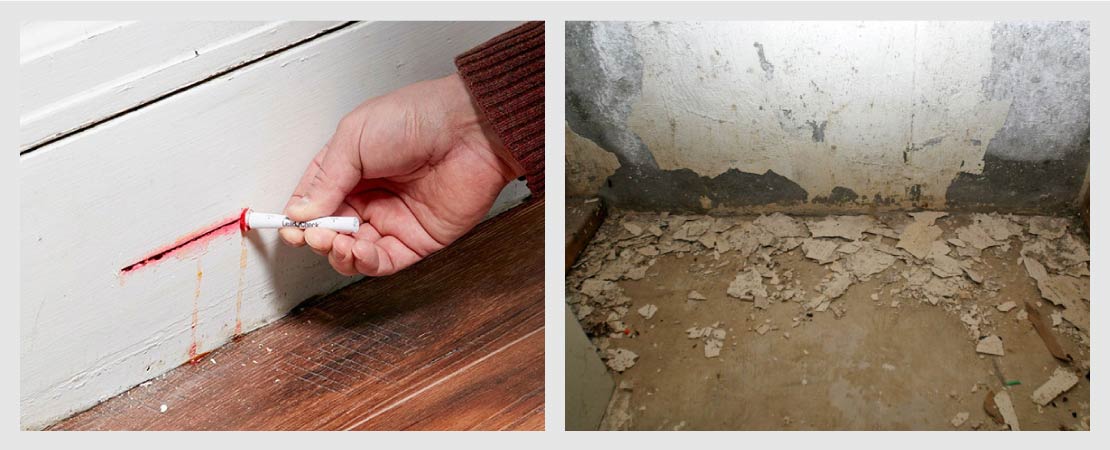
Paint of the building
Indian household paints have been identified to have unacceptable levels of lead in them. Though there is no regulation confirming the lead content, it is wise to use paints sans lead as this will keep lead toxicity at bay. If re-modelling is scheduled in line, paints with nil lead content should be chosen. Also, in older homes peeling paint is a common phenomenon. The interior walls are found to have peeling paint which might be due to moisture seepage. In addition to this, seepage from the roof causes paint from the ceiling to be peeled off. This actually relates to the dampness of the old house as discussed earlier. Damp assessment is likely to do away with this issue. Post damp assessment, re-modelling the house and giving the old one a new coat of damp-proof paint4 would be effective.
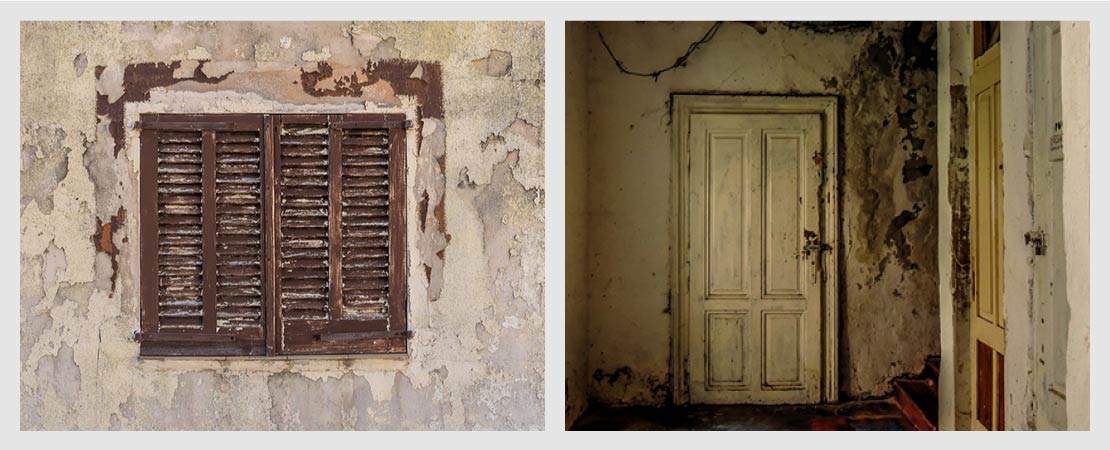
Windows and Doors
Old buildings in their glorious times boast of beautifully crafted window panes, blinds, door panels, etc. But with age, the buildings lose their shine and aesthetics. Very commonly, the wood windows are found to have become lopsided. The bars made of iron become rusty and fragile. In fact, old wooden structures are often so infested with termites that the panes and panels become completely weak and crumbly. Old windows endure the rain and heat simultaneously and the wood often gives way as they become rotten. Therefore, inspecting the existing structures becomes crucial. Jumping into re-modelling is not a wise option here. Reconstructing may also found to be beneficial. That being said, any corrective action must be preceded by home inspection in order to justify the cost and time investment.
Old is gold, they say. But when it is your property where you plan to live the coming years, you must put the “old” to inspection tests to be assured that it remains “gold.” Regular upgrades are also recommended.
Reference Links
1. https://www.hindawi.com/journals/amse/2016/1280894/
2. https://www.proptiger.com/guide/post/6-ways-to-identify-structural-defects-in-a-house
3. https://inspectapedia.com/structure/Concrete_Shrinkage_Gaps.php
4. https://www.asianpaints.com/products/waterproofing-solutions/all-waterproofing-products.html

